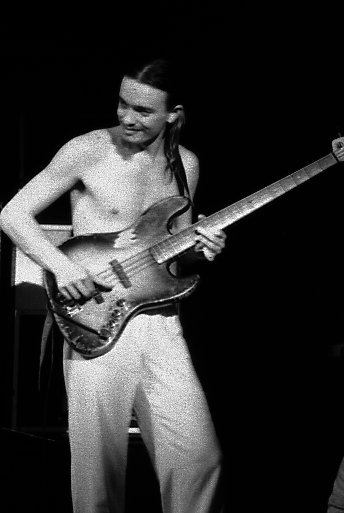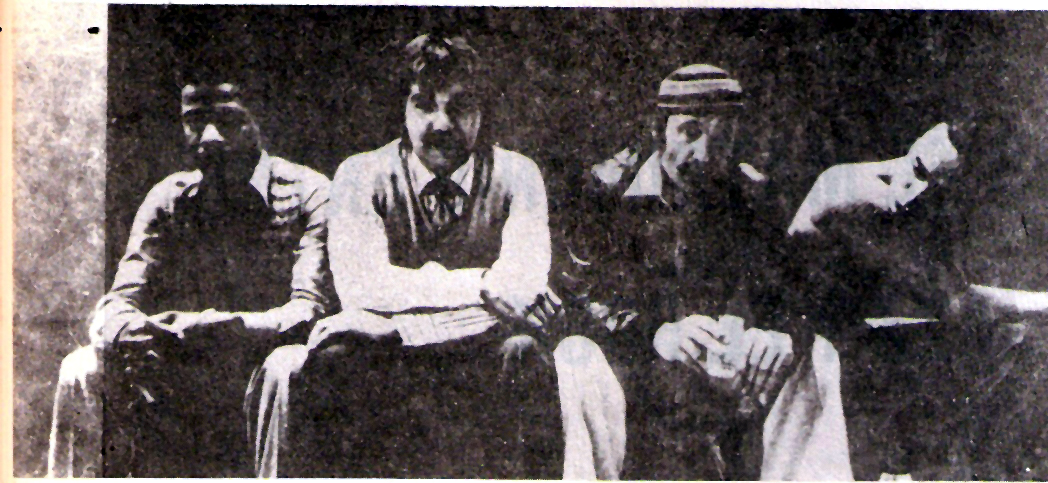
Jazz-Rock 5
Keyboardist Joe Zawinul and saxophonist Wayne Shorter of Miles Davis's band joined forces to form Weather Report, which released its first recording, Weather Report, in 1971. Weather Report became, along with the Mahavishnu Orchestra, a standard-bearer of jazz-rock, defining and setting the limits of the genre. In its annual Reader's Polls, Down Beat readers voted five of Weather Report's seventeen albums as Jazz Album of the Year (Weather Report (1971), Mysterious Traveler (1974), Tale Spinnin' (1975), Black Market (1976), and Heavy Weather (1977)). They also recognized the group as Jazz Group of the Year for seven consecutive years (1973-79), the high-water mark period for Weather Report and jazz-rock.
In the middle of recording the Black Market album in 1976, Zawinul hired the young bassist Jaco Pastorius, who would become one of jazz-rock's most legendary and ultimately tragic figures. Pastorius was quickly recognized for his virtuosic sixteenth-note bass grooves, natural and artificial harmonics, commanding and physically active stage presence, and fretless electric bass. Listen to some of those traits in the title track " Black Market " from 03:00-04:50. Unfortunately, Pastorius's success was tragically overshadowed by erratic on- and off-stage behavior and excessive drug and alcohol use. He died at the age of 35 in 1987 after being beaten by an overzealous nightclub bouncer while ejecting him from the club for drunken and unruly behavior.
From the beginning, the creative partnership between Zawinul and Shorter formed the core of Weather Report. They were the only constant among the various incarnations of the band, which frequently changed drummers, bassists, and percussionists. As a result, Weather Report created one of the most distinctive group sounds in jazz-rock. Zawinul's electric keyboards played a significant role in this sounds, particularly the Fender Rhodes electric piano (listen to the start of " Cannon Ball" 1976) and his early use of analog synthesizers (starting at 04:00 in " Gibraltar ," 1976). The sound also included sparse and uncomplicated harmonic and formal structures within which players could freely improvise their harmonic variations, countermelodies, and rhythmic syncopations (listen to the start of " Cucumber Slumber," 1974 and " Man in the Green Shirt," 1975); a nearly-constant, driving, rhythmic groove, using both drums and "ethnic" percussion (listen to the start of " Man in the Green Shirt," 1975); and a unique sense of melody, usually contributed by Shorter's saxophone (listen from 01:54 in " American Tango," 1974, and starting at 01:45 in " Man in the Green Shirt," 1975), often angular and rhythmically untethered but always prominent and memorable.








